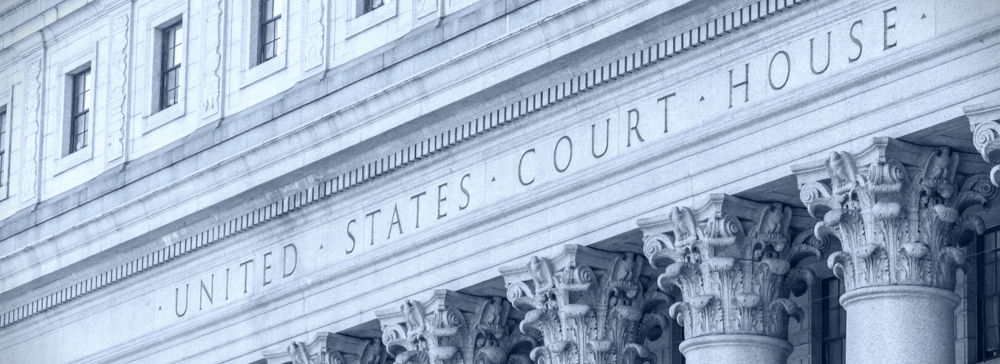Slip and fall accidents may occur instantly, but the impact can be long-lasting. Whether caused by a wet floor in a grocery store, a cracked sidewalk outside a café, or a poorly maintained stairwell in a public building, a fall can disrupt your ability to work, perform daily activities, or enjoy life. If you have been injured due to the negligence of another party, it’s essential to understand the potential severity of these accidents and the legal options available to protect your rights and pursue fair compensation.
Since 1995, The Salamati Law Firm has successfully taken on some of the most complex, challenging personal injury cases with excellent outcomes. Our veteran Los Angeles slip and fall lawyers have won multi-million dollar settlements and verdicts. As a result of our aggressive tactics and proven success, our practice has flourished into one of the most trusted personal injury law firms in Los Angeles. Contact us today for a free consultation.
Common Slip and Fall Injuries with Long-Term Consequences

Soft tissue damage and concussions are known for their delayed onset symptoms. However, other serious conditions may also emerge gradually. Overlooked slip and fall injuries are common in the early stages, when accident victims are still disoriented, experiencing only mild discomfort, or when adrenaline temporarily masks pain, and may include the following:
Persistent Pain
Persistent pain is one of the most common and challenging long-term consequences of a slip and fall accident. The initial injury, such as a sprain or strain, may develop into chronic lower back pain, nerve impingement, or reduced shoulder mobility, significantly impacting daily activities. In many cases, individuals undergo months of physical therapy only to reach a plateau with continued discomfort that may ultimately require pain management, corticosteroid injections, or surgical intervention.
Mobility Limitations
Poorly healed fractures, such as those to the hips, ankles, or wrists, and significant ligament damage can result in lasting stiffness, diminished range of motion, and ongoing functional limitations. In some cases, these injuries may necessitate using assistive devices such as canes, walkers, or wheelchairs to maintain mobility and independence.
Head Trauma and Cognitive Impairment
Falls are a leading cause of traumatic brain injuries (TBIs), particularly among adults over the age of 65. These injuries can range in severity from concussions to severe conditions such as intracranial hematomas. Even “mild” TBIs may result in lasting cognitive and neurological challenges, including memory deficits, impaired concentration, emotional instability, and sleep disturbances.
Joint Degeneration
A significant fall can accelerate cartilage degeneration in major joints such as the knees, hips, or shoulders, potentially resulting in early-onset arthritis and persistent, long-term discomfort and pain.
Emotional and Psychological Effects
Slip and fall injuries can have profound emotional and psychological consequences. Many individuals develop a fear of falling again, lose confidence in their mobility, or experience depression and anxiety related to their physical limitations.
Without proper identification and treatment, this can persist, intensify, or contribute to a broader decline in overall well-being. Unfortunately, insurance companies often undervalue this, underscoring the importance of seeking qualified medical care and experienced legal representation as early as possible.
The Financial Impact of Long-Term Health Complications

Long-term injuries often impose significant financial strain. While initial expenses such as emergency room visits and early treatment may appear manageable, the actual cost frequently accumulates over time through ongoing medical care, rehabilitation, and lost income.
Below is an overview of the potential long-term financial burdens:
Continuous Medical Treatment
Injuries such as herniated discs or joint damage often necessitate extended medical management, including repeated imaging (such as MRIs), ongoing injections, specialist evaluations, and prolonged physical therapy. Flare-ups and setbacks are common, potentially leading to years of recurring medical expenses and the continued need for specialized care.
Out-of-Pocket Expenses for Home Adjustments
Many clients have to retrofit their homes to make daily life manageable again. This might mean installing grab bars in the bathroom, widening doorways for walkers, or paying for a stair lift.
Ongoing Personal Care
Temporary assistance with daily activities often becomes long-term or permanent. As mobility declines or complications arise, tasks such as dressing, bathing, and meal preparation may require the continued support of home health aides. Over time, the cost of personal care, often billed hourly, can accumulate to tens of thousands of dollars annually.
Lost Income and Future Lost Income
A serious injury can significantly alter your career path. You may be forced to reduce work hours, transition to a less physically demanding role, or retire earlier than planned. These changes often result in the loss of income, bonuses, retirement contributions, and other employment benefits, potentially amounting to hundreds of thousands of dollars in lost lifetime earnings. Settling too early or without a comprehensive assessment of your future needs can result in long-term financial hardship.
Proving Long-Term Effects in a Slip and Fall Claim

Proving the long-term effects of a slip and fall injury is central to building a strong case, and it’s precisely what the defense will work hardest to challenge. Insurance companies know that these complications significantly increase the value of a claim, so they may actively seek ways to minimize or dispute your ongoing pain, limitations, and financial losses.
We will compile a comprehensive body of evidence to demonstrate the ongoing effects of your injuries and link them to the original slip and fall, which may include the following:
- Medical Records: Emergency room notes, physician evaluations, diagnostic imaging, therapy progress reports, and specialist findings.
- Expert Reports: Testimony from medical experts, including orthopedists, neurologists, pain specialists, and life-care planners, who can project long-term needs.
- Personal Logs: Pain diaries or journals documenting daily challenges, limitations, and symptoms.
- Witness Statements: Observations from family members, caregivers, or coworkers about how your injuries have affected your daily life and activities.
- Financial Analysis: Evidence of lost wages, diminished earning capacity, and estimates of future medical and rehabilitation expenses.
- Home Care Documentation: Records showing the use of home health aides, as well as costs related to installing ramps, handrails, or other accessibility modifications.
A thoroughly documented claim limits the insurer’s ability to argue that your injury has fully resolved or that anticipated future costs are speculative. Instead, it presents a clear, evidence-based depiction of your ongoing medical needs and the long-term impact of the injury.
Why You Need Legal Representation

Insurance companies often pressure accident victims to settle quickly, offering low payouts before the full extent of harm is known. Accepting a settlement closes your case permanently, leaving no opportunity for additional compensation if your condition worsens or new expenses arise. Consulting an experienced slip and fall attorney is essential to protect your rights, accurately assess your needs, and build a strong claim supported by compelling evidence.
Schedule a Free Consultation with Salamati Law

The Salamati Law Firm aggressively advocates for our clients in settlement negotiations and court. We have seen firsthand how a preventable slip-and-fall injury can be life-changing. We are committed to helping you find justice under the law.
Because you don’t pay legal fees unless you win, there is no financial risk in pursuing a claim. Headquartered in Los Angeles, Salamati Law Firm represents clients throughout California. Call today to schedule a free consultation.